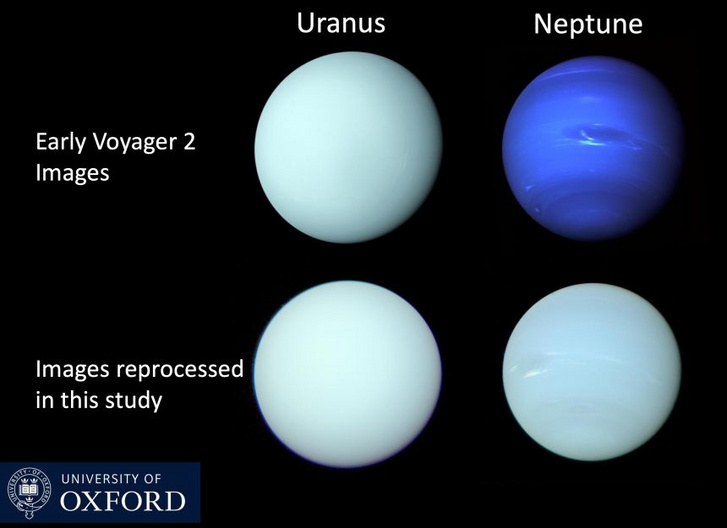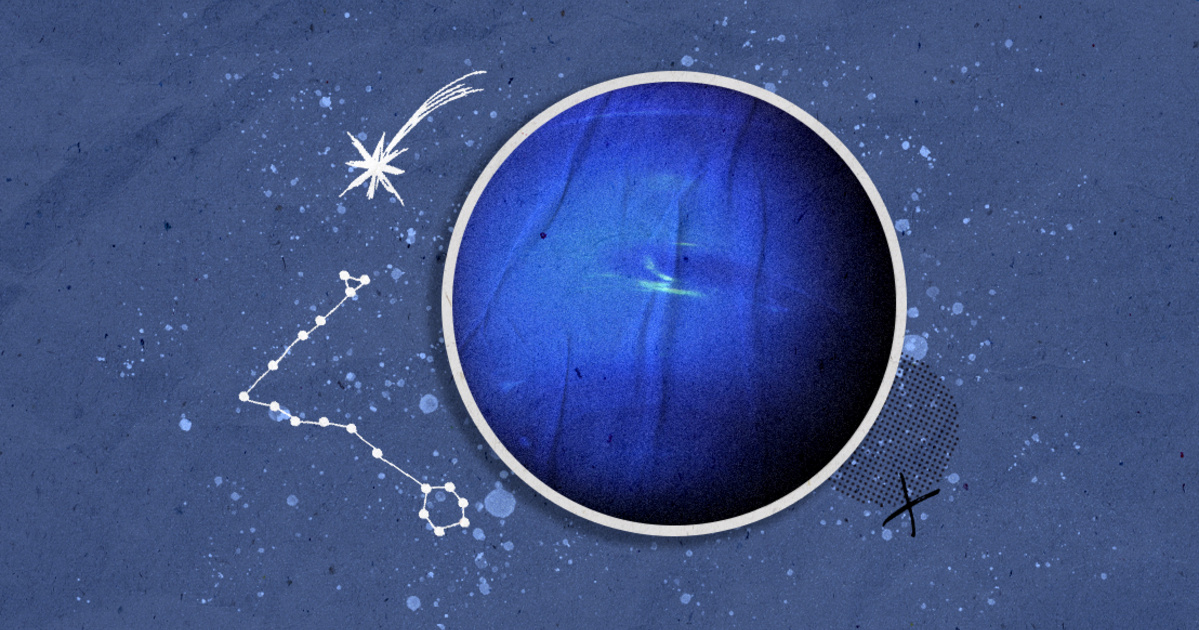Without mathematics, we wouldn't even know about its existence, despite it being the eighth and most distant planet in the solar system. Moreover, they are not so small that we should not think about them, they are simply so far away from Earth that they are impossible to observe with the naked eye from our home planet. We are talking about Neptune, the second ice giant in our star system, which was finally discovered by Johann Galle in 1846 with the help of Urban Le Verrier's predictions. It was named after the Roman god of the sea at Le Verrier's suggestion, and although we long thought that its color really evoked the blue of the seas, we later discovered that Neptune actually resembles its quite pale sibling, Uranus.
Photo: Emilia Nemeth/Index
In the series of index articles, we go step by step through the planets of the solar system in order to collect in one place the special features of a particular planet – because the universe contains a lot of interesting things. After eight long weeks, our imaginary spaceship has reached its final destination, and we are already passing close to the farthest planet in the solar system, where sunlight is about 900 times brighter than what we can experience on Earth. With an equatorial diameter of 49,528 km, Neptune is the fourth largest planet in the solar system, but only the smallest of the giant planets. Its rotation is very fast, with a day on Neptune lasting about 16 Earth hours, but a year is actually much longer.
Thanks to its distance from the Sun, which exceeds 4.5 billion kilometers, Neptune orbits its star in just over 165 Earth years. This means that since its discovery in 1846, the planet has completed only one orbit around the Sun – 13 years ago, in 2011 – and the next will be in 2176, so if you're reading this article at the time of publication, we'll barely live to see the Neptunian anniversary. However, this is no reason not to get to know the ice giant better, it holds a lot of surprises.
Uranus, is that you?
As on other gas giant planets – and indeed on the three Earth-like planets excluding Earth – life is completely unlikely on Neptune, according to our current knowledge. The extreme pressure and temperature prevailing on the planet do not allow it to be created. However, there is a lot of water on this planet: according to our knowledge, its atmosphere consists of hydrogen, helium and methane, just like Uranus (due to the latter, it is blue-green in color). In the inner layers, we can find a dense mass of water, methane and ammonia, very hot due to pressure, which could represent at least eighty percent of the planet's mass. As in the case of Uranus, there may also be a chance of a diamond falling from the sky onto Neptune – you can read more about how this happens by clicking here.
Interestingly, the planet was previously known to have a much deeper, stronger blue color than its brother Uranus, but this was a misrepresentation of the planet. This first happened because the Voyager team modified images taken by the Voyager 2 spacecraft during its flyby of the planet in 1989 to make clouds and other distinct planetary features more prominent, but it didn't match reality. Like an Oxford University student Publishing Also striking, in fact the two planets are completely indistinguishable from each other, although Neptune still has a touch more blue.

Image: Patrick Irwin, University of Oxford
The mind goes away
Although none of the planets in the solar system, with the exception of Earth, can be described as particularly friendly, Neptune can still be called the king of extremes without exaggeration – and compared to the distances we can encounter when exploring the universe, the planet can be said to be… Next door. So there is no need for brutally harsh weather Much To go far: Neptune's winds, for example, although far from the Sun and low in energy from the Sun, are three times stronger than those encountered on Jupiter, and nine times stronger than those encountered on Jupiter. With what On the ground.
These winds blow through frozen methane clouds in the planet's outer layers at speeds of more than 2,000 kilometers per hour.
For comparison, the strongest wind speed ever measured on Earth was about 400 kilometers per hour. By the way, this was recorded on April 10, 1996, on Barrow Island in Australia, and nothing like it has been measured on our planet since then. Interestingly, when Voyager 2 flew by in 1989, astronomers discovered a large, elliptical storm in Neptune's southern hemisphere, which they called the Great Dark Spot. The storm was large enough to swallow the Earth whole, but unlike Jupiter's 'Great Red Spot', it has since disappeared – although new areas later appeared in different parts of the planet, which also disappeared over time.
There is no such moon on any of the planets
Neptune has 16 known moons, the largest of which is Triton, discovered by William Lassell on October 10, 1846, just 17 days after Johann Gottfried Galle discovered the same planet. Since Neptune is named after the Roman god of the sea, its moons are named after several minor sea deities and nymphs in Greek mythology.
Interestingly, Triton is the only large moon in the solar system that orbits in the opposite direction to its parent planet (retrograde orbit), suggesting that it may have once been an independent body captured by Neptune. Triton is very cold, with a surface temperature of around minus 235 degrees Celsius, but despite this, Voyager 2 has discovered geysers on the moon's surface that spew icy substances – in some cases up to eight kilometers high. Since then, Triton's thin atmosphere – which Voyager also discovered – has been observed several times from Earth, but based on observations, it has become warmer, but scientists don't know why yet – just like many other things.
The universe holds countless mysteries, all waiting to be solved. Although we know the planets of the solar system well, even our home, Earth itself, can throw up surprises — not to mention a planet we've never visited before. Of course, the most amazing discovery would be if we found life, or any trace of it, but that has not happened yet – as we mentioned in a previous article, the planets' moons are still capable of surprising. This brings us to the end of our series of articles, as we have identified all the celestial bodies in the solar system that are officially recognized as planets in the past few weeks. From Mercury's fiery surface to ice giants, we've covered it all with our imaginative spaceship – find previous articles below.
Parts of the article series:
Mercury: It is scorching hot, but ice covers the planet closest to the sun
Venus: Named after the goddess of beauty, but she embodies Hell
Earth: No matter how much we search, we cannot find another planet like this in the universe
Mars: Two potatoes orbit around it, and there could be life on it
Jupiter: A giant storm that has been raging for centuries, and will not subside
Saturn: Barely ten meters high, yet we consider it the most recognizable shape in the solar system
Uranus: Literally a diamond in the sky in the back half of the solar system
















































